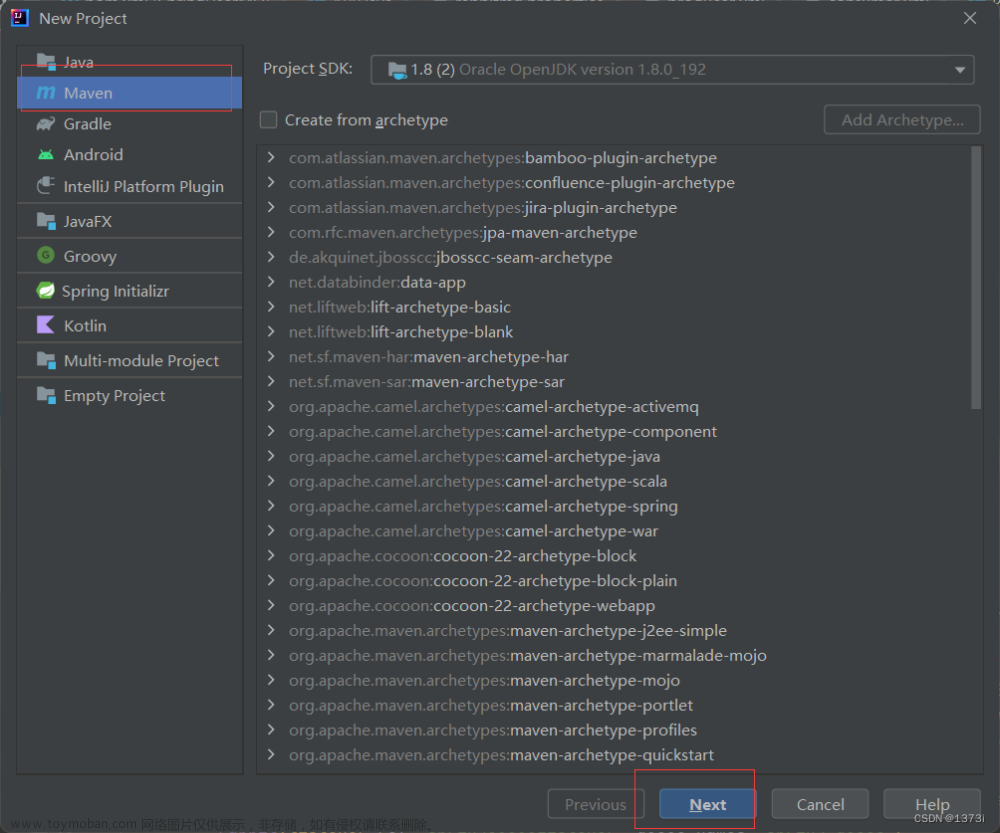一、 Direct模式
- 类型:direct
- 特点:Direct模式是fanout模式上的一种叠加,增加了路由RoutingKey的模式。

二、coding
Ⅰ 生产者
1、引入相应的pom文件 pom.xml
<?xml version="1.0" encoding="UTF-8"?>
<project xmlns="http://maven.apache.org/POM/4.0.0" xmlns:xsi="http://www.w3.org/2001/XMLSchema-instance"
xsi:schemaLocation="http://maven.apache.org/POM/4.0.0 https://maven.apache.org/xsd/maven-4.0.0.xsd">
<modelVersion>4.0.0</modelVersion>
<parent>
<groupId>org.springframework.boot</groupId>
<artifactId>spring-boot-starter-parent</artifactId>
<version>2.1.5.RELEASE</version>
<relativePath/> <!-- lookup parent from repository -->
</parent>
<groupId>com.xpf</groupId>
<artifactId>rabbitmq-springboot</artifactId>
<version>0.0.1-SNAPSHOT</version>
<name>rabbitmq-springboot</name>
<description>Demo project for Spring Boot</description>
<properties>
<java.version>8</java.version>
</properties>
<dependencies>
<!--rabbitmq依赖-->
<dependency>
<groupId>org.springframework.boot</groupId>
<artifactId>spring-boot-starter-amqp</artifactId>
</dependency>
<dependency>
<groupId>org.springframework.boot</groupId>
<artifactId>spring-boot-starter-web</artifactId>
</dependency>
<dependency>
<groupId>org.springframework.boot</groupId>
<artifactId>spring-boot-starter-test</artifactId>
<scope>test</scope>
</dependency>
<dependency>
<groupId>org.springframework.amqp</groupId>
<artifactId>spring-rabbit-test</artifactId>
<scope>test</scope>
</dependency>
<dependency>
<groupId>org.junit.jupiter</groupId>
<artifactId>junit-jupiter</artifactId>
<version>RELEASE</version>
<scope>test</scope>
</dependency>
<dependency>
<groupId>org.junit.jupiter</groupId>
<artifactId>junit-jupiter-api</artifactId>
<scope>test</scope>
</dependency>
</dependencies>
</project>2、配置文件 application.properties
server.port=8080
spring.rabbitmq.username=admin
spring.rabbitmq.password=admin
spring.rabbitmq.virtual-host=/
spring.rabbitmq.host=192.168.199.20
spring.rabbitmq.port=56723、写一个生产者 DirectOrderService.java
import org.springframework.amqp.rabbit.core.RabbitTemplate;
import org.springframework.beans.factory.annotation.Autowired;
import org.springframework.stereotype.Service;
import java.util.UUID;
@Service
public class DirectOrderService {
@Autowired
private RabbitTemplate rabbitTemplate;
/**
* 模拟用户下单,发送消息给下游系统
* @param user
* @param num
*/
public void makerOrder(String user, int num){
//1、查询库存是否有剩余
//2、保存订单
String orderId = UUID.randomUUID().toString();
System.out.println("订单生产成功:" + orderId);
//3、通过mq给下游系统发送消息
String exchangeName = "direct_order_exchange";
rabbitTemplate.convertAndSend(exchangeName, "sms", orderId);
rabbitTemplate.convertAndSend(exchangeName, "email", orderId);
System.out.println("完成");
}
}(从代码中可以看到,direct_order_exchange交换机分别给绑定的路由key为sms和email的消息队列发送了消息)
4、写一个测试类,发送消息
import com.xpf.rabbitmqspringboot.service.DirectOrderService;
import com.xpf.rabbitmqspringboot.service.FanoutOrderService;
import org.junit.jupiter.api.Test;
import org.springframework.beans.factory.annotation.Autowired;
import org.springframework.boot.test.context.SpringBootTest;
@SpringBootTest
class RabbitmqSpringbootApplicationTests {
@Autowired
private FanoutOrderService fanoutOrderService;
@Autowired
private DirectOrderService directOrderService;
/**
* Direct模式生产者发送消息
*/
@Test
public void setDirectOrderService(){
directOrderService.makerOrder("用户2", 10);
}
}
(先别启动测试类,因为交换机和队列的声明放在下面的消费者中。)
Ⅱ 消费者
1、新建一个springboot项目,其中pom.xml 和 application.properties和上述生产者文件相同,但是如果在一个电脑模拟同启动两个项目时,记得把application.properties中的端口换成不同的
2、使用springboot写一个配置文件 RabbitMqConfiguration.java
关于为啥在消费者中建配置文件而不是在生产者,请看rabbitmq使用springboot实现fanout模式_p&f°的博客-CSDN博客
import org.springframework.amqp.core.*;
import org.springframework.context.annotation.Bean;
import org.springframework.context.annotation.Configuration;
@Configuration
public class RabbitMqConfiguration {
//1、声明注册Direct模式交换机
@Bean
public DirectExchange DirectExchange(){
return new DirectExchange("direct_order_exchange", true, false);
}
//2、声明队列 sms.Direct.queue、email.Direct.queue、duanxin.Direct.queue
@Bean
public Queue smsQueue(){
return new Queue("sms.direct.queue", true);
}
@Bean
public Queue emailQueue(){
return new Queue("email.direct.queue", true);
}
@Bean
public Queue duanxinQueue(){
return new Queue("duanxin.direct.queue", true);
}
//3、完成绑定关系(队列绑定交换机)
@Bean
public Binding smsBinding(){
return BindingBuilder.bind(smsQueue()).to(DirectExchange()).with("sms");
}
@Bean
public Binding emailBinding(){
return BindingBuilder.bind(emailQueue()).to(DirectExchange()).with("email");
}
@Bean
public Binding duanxinBinding(){
return BindingBuilder.bind(duanxinQueue()).to(DirectExchange()).with("duanxin");
}
}
3、写三个消费者分别监听路由key为sms、email、duanxin的消息队列
(这里举例两个 SmsDirectConsumer.java 和 EmailDirectConsumer.java)
import org.springframework.amqp.rabbit.annotation.RabbitHandler;
import org.springframework.amqp.rabbit.annotation.RabbitListener;
import org.springframework.stereotype.Component;
/**
* @Author xpf
* @Date 2023/7/9 1:27
* @Version 1.0
*/
@Component
@RabbitListener(queues = "sms.direct.queue")
public class SmsDirectConsumer {
@RabbitHandler
public void receiveMessage(String message){
System.out.println("接收到来自队列sms.direct.queue消息订单的message是:" + message);
}
}
import org.springframework.amqp.rabbit.annotation.RabbitHandler;
import org.springframework.amqp.rabbit.annotation.RabbitListener;
import org.springframework.stereotype.Component;
/**
* @Author xpf
* @Date 2023/7/9 1:27
* @Version 1.0
*/
@Component
@RabbitListener(queues = "email.direct.queue")
public class EmailDirectConsumer {
@RabbitHandler
public void receiveMessage(String message){
System.out.println("接收到来自队列email.direct.queue消息订单的message是:" + message);
}
}三、测试
1、先启动消费者,因为本项目配置类在消费者
2、启动生产者测试类文章来源:https://www.toymoban.com/news/detail-607655.html
结果发现路由key为sms、email的消息队列接收到了生产者发送的消息,而duanxin没有收到,结果符合预期文章来源地址https://www.toymoban.com/news/detail-607655.html
到了这里,关于rabbitmq使用springboot实现direct模式的文章就介绍完了。如果您还想了解更多内容,请在右上角搜索TOY模板网以前的文章或继续浏览下面的相关文章,希望大家以后多多支持TOY模板网!


![[Spring boot] Spring boot 整合RabbitMQ实现通过RabbitMQ进行项目的连接](https://imgs.yssmx.com/Uploads/2024/01/820371-1.png)









